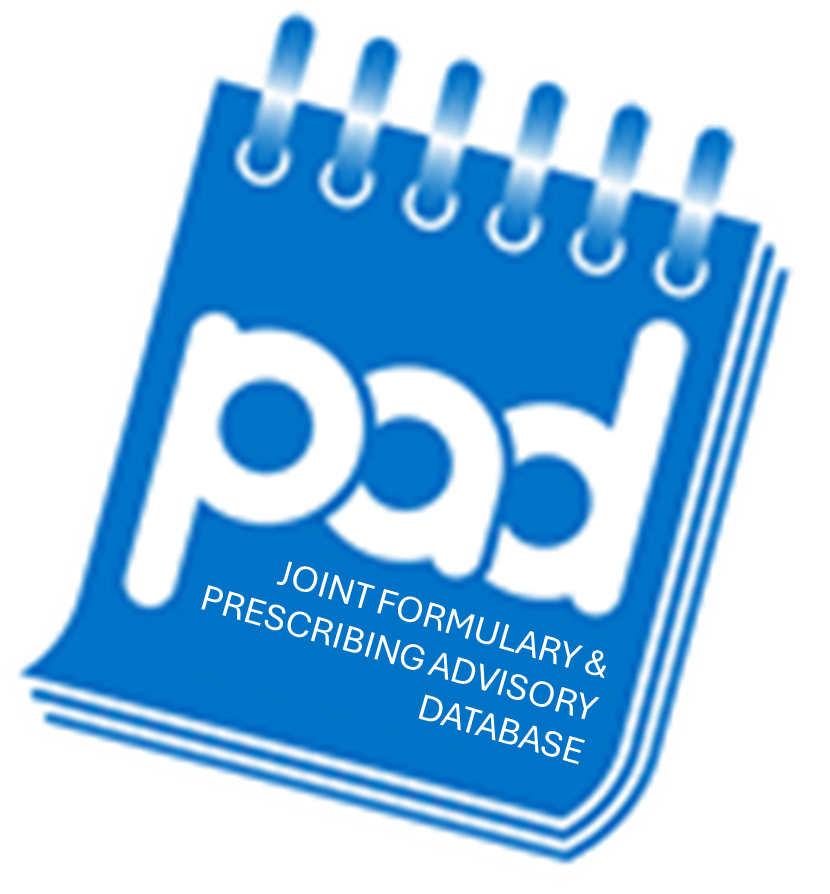
Certolizumab pegol - Psoriasis
You are here : Home > Formulary Search > Certolizumab pegol - Psoriasis
Status 1
- Not Specified
Documentation
PAD Profile
Committee Recommendations (2)
The Surrey Heartland Integrated Care System Area Prescribing Committee have agreed to adopt the SERMOG high-cost drugs pathway.for adiults with psoriasis
The Surrey & North West Sussex Area Prescribing Committee (APC) recommends certolizumab pegol as a treatment option in adult patients with moderate to severe plaque psoriasis in line with NICE TA 574 (April 2019)
Certolizumab pegol is a payment by results excluded medicine and initiation and subsequent monitoring of response will be by the dermatology specialist service. Blueteq forms for initiation and continuation will be available for completion by specialist teams.
Certolizumab pegol will be considered as RED on the traffic light system
Dose escalation to 400mg every 2 weeks is supported by APC whilst the manufacturer has the same Patient Access Scheme (PAS) in place noted by APC in June 2019.
Primary care prescribers should ensure that patient medication records include any medicine for which prescribing remains the responsibility of secondary or tertiary care. This will ensure that GP records, which are accessed by other healthcare providers, are a true and accurate reflection of the patient’s medication.
Other Indications
Below are listed other indications that Certolizumab pegol is used to treat.
Other Drugs
Below are listed other drugs that are used to treat Psoriasis.
